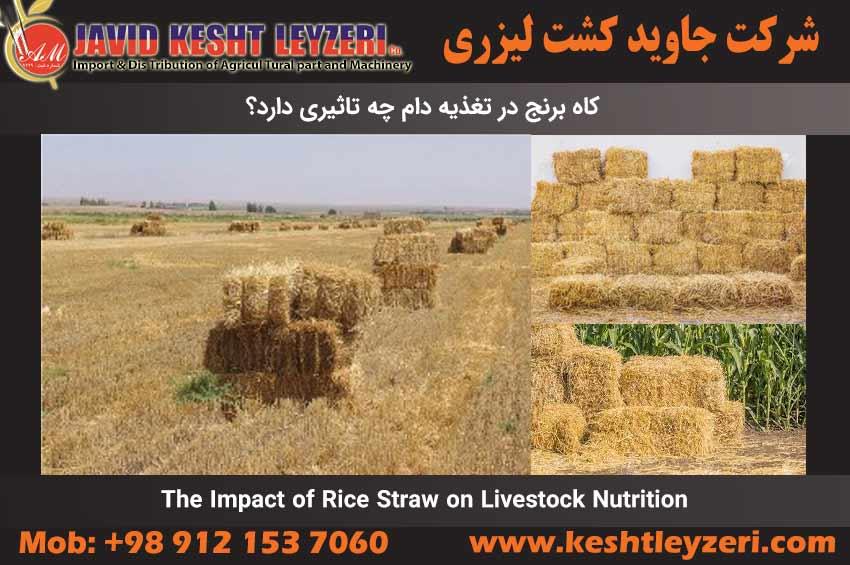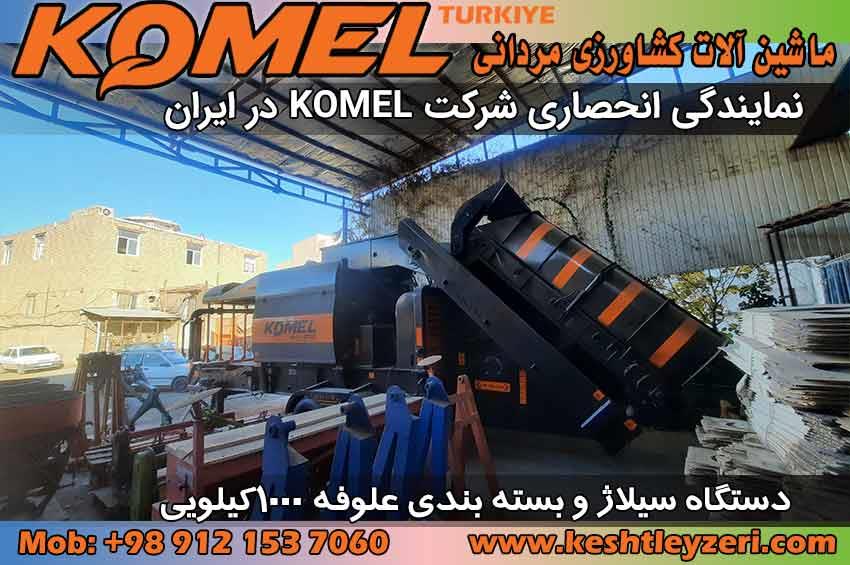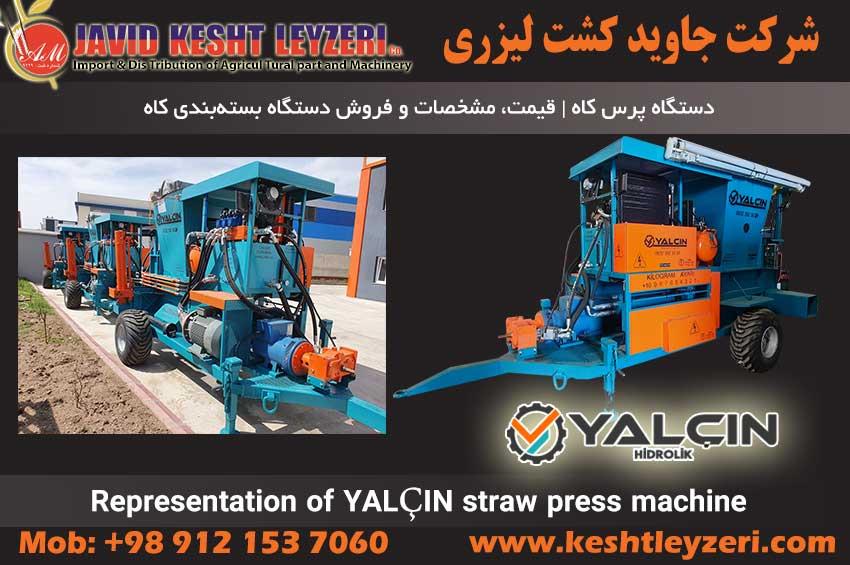به دلیل محدودیت منابع خوراک دام، افزایش تمایل به بهرهگیری از پسماندهای کشاورزی، بهویژه کاه برنج، در تغذیه نشخوارکنندگان مشاهده میشود. کاه برنج، که سومین محصول برتر در تولید کاه غلات جهان و رتبه اوّل در آسیا را به خود اختصاص داده است، نقش مهمی در تأمین نیازهای تغذیهای این دسته از دامها دارد. با توجه به تولید سالانه حدود 2.7 میلیون تن شلتوک در کشور، و اینکه هر تن شلتوک باعث تولید حدود 0.5 تا 1.5 تن کاه برنج میشود، میزان تولید سالانه کاه برنج در کشور به اعداد قابل توجهی دست مییابد.
لیست مطالب این بخش:
- کاه برنج چیست ؟ موقعیت و امکانات استفاده کاه برنج در تغذیه دام چیست؟
- فرآوری کاه برنج با استفاده از اوره چگونه انجام می شود؟
- ارزش نسبی کاه برنج نسبت به کاه گندم چقدر است؟
در ادامه مطالب فوق بررسی خواهند شد.
کاه برنج چیست ؟ موقعیت و امکانات استفاده کاه برنج در تغذیه دام چیست؟
متاسفانه، کاه برنج که به عنوان یک منبع غنی خوراکی برای دام مورد توجه قرار نمیگیرد، در بیشتر موارد بهصورت سوزانده شده و باعث آلودگی محیط زیست میشود. با در نظر گرفتن ضرورت تأمین منابع خوراکی ارزان و در دسترس برای دامها و با توجه به حجم بالای تولید کاه برنج در ایران، امکان استفاده از آن به صورت خرد شده و پردازش شده به عنوان بخشی از رژیم غذایی دامهای پرواری وجود دارد.
ترکیب شیمیایی کاه برنج:
| ماده خشک (%) | پروتئین (%) | NDF (%) | ADF (%) | ASH (%) | چربی (%) | انرژی خام (Cal/Kg) |
|---|---|---|---|---|---|---|
| 93.2 | 4.05 | 63.7 | 41.1 | 15.3 | 0.84 | 3634 |
استفاده از کاه برنج بدون فرآوری:
| نوع دام | کاه برنج بدون فرآوری (مصرف در روز) |
|---|---|
| بره و بز پرواری | 150 گرم |
| میش و بز داشتی | 250 گرم |
| گوساله پرواری | 500 گرم |
| گاوشیری کم تولید | 1 کیلوگرم |
| گاوشیری پر تولید | 300 گرم |
با توجه به افزایش مقدار سیلیس و لیگنین در کاه برنج نسبت به کاه گندم، مصرف زیاد آن ممکن است به دامها آسیب بزند و باعث مشکلات گوارشی و کلیوی شود. برای بهرهوری بیشتر از کاه برنج در تغذیه دام، آن را به طرقی که ارزش غذایی و خواص هضمی آن افزایش یابد، فرآوری کرد. تاکنون، روشهای مختلفی از قبیل روشهای مکانیکی، فیزیکی، شیمیایی و بیولوژیکی برای بهبود ارزش تغذیهای کاه غلات مورد استفاده قرار گرفتهاند.
فرآوری کاه برنج با استفاده از اوره چگونه انجام می شود؟
یکی از روشهای ایمن برای فرآوری کاه برنج، استفاده از اوره است. فرآوری کاه برنج وابسته به میزان استفاده آن در ترکیب جیره غذایی دام است. اگر تا 30 تا 40 درصد از بخش علوفه مصرف شود، غلظت 3 درصد اوره به نظر کافی میآید. اما اگر مصرف بخش علوفه به سطح 60 تا 70 درصد افزایش یابد، غلظت اوره باید به حدود 6 درصد افزایش یابد.
روش فرآوری:
ابتدا، 3 تا 6 کیلوگرم اوره را در 100 لیتر آب بهطور کامل حل کنید و سپس این محلول را به 100 کیلوگرم کاه برنج خرد شده اسپری کنید. کاه فرآوری شده قبل از مصرف دام باید حداقل هفته تا ده روز در معرض هوا قرار گیرد. هرچند که فرآوری کاه برنج با سود سوزآور یا اسید نیز امکانپذیر است، اما به دلیل مخاطرات احتمالی برای دامداران و نگرانیهای مرتبط با مصرف آن توسط دام، توصیه نمیشود.
استفاده از کاه برنج فرآوری شده:
| نوع دام | کاه برنج فرآوری شده (مصرف در روز) |
|---|---|
| بره و بز پرواری | 200 گرم |
| میش و بز داشتی | 350 گرم |
| گوساله پرواری | 1 کیلوگرم |
| گاوشیری کم تولید | 1.5 کیلوگرم |
| گاو شیری پر تولید | 500 گرم |
ارزش نسبی کاه برنج نسبت به کاه گندم چقدر است؟
با توجه به ترکیبات و ارزش غذایی کاه برنج، بدون فرآوری ارزش نسبی آن یک دوم کاه گندم است و در صورت فرآوری، ارزش نسبی آن با کاه گندم برابر میشود.







